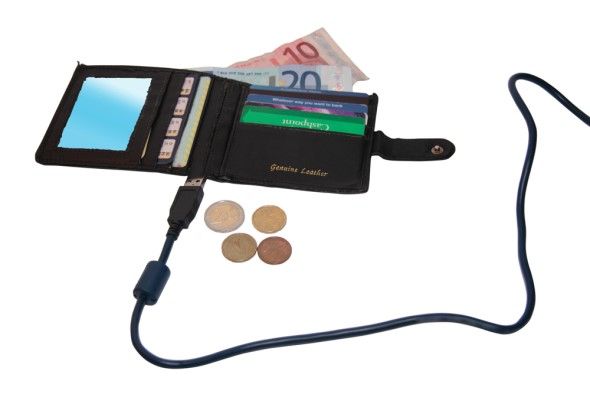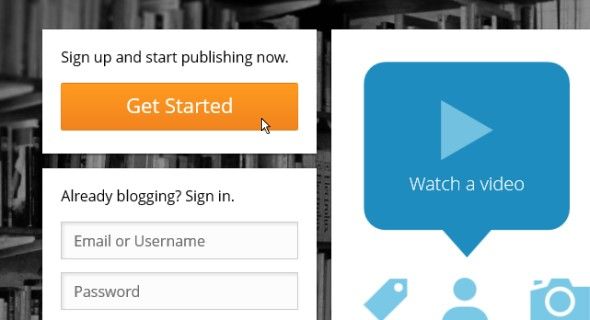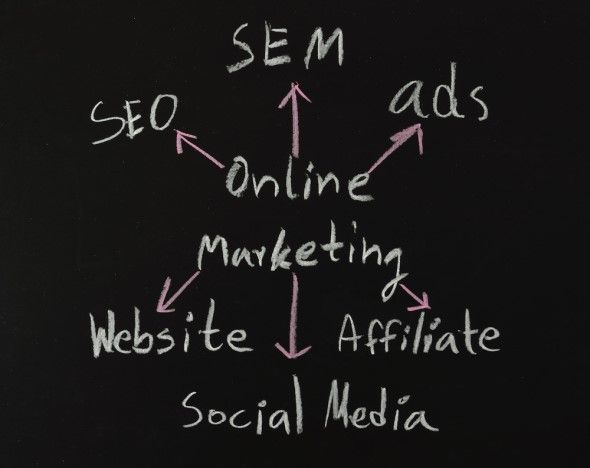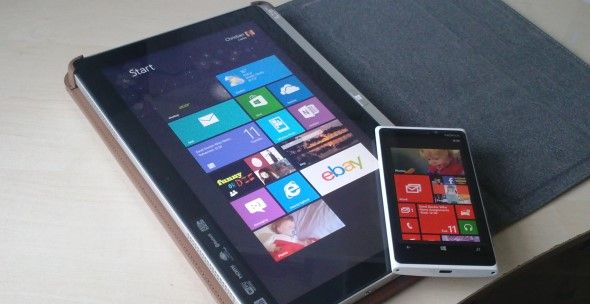With the explosion of digital technology and fast Internet speeds, more and more people are looking for a way out of the drudge of the commute and the threat of short-term contracts to work from home, running their own businesses where they can be in greater control of the way money is made and spent.
Unfortunately, it isn't as easy as quitting your job on Friday and booting up your PC or Mac the following Monday. There are various things you need to have in place, steps to take and research to do before you throw away your old career in favour of a new, dynamic lifestyle sitting coding websites, developing apps or even writing articles like this in your local coffee shop.
So what do you need? Well, you'll need some money to start off with to pay the bills. You should also have some boring-but-vital things like a business plan, a financial plan and a blog or business website, as well as an idea of how to make additional income for a rainy day.
For this, we’re going to assume you have an idea in mind for self-employment – you wouldn’t just quit work with no idea of what you’re going to do next, right? So with your freelance career in its fledgling stage, here are the things you need to have.
Money in the E-Bank
If you’re coming at the idea of freelancing from a position of long-term unemployment, this isn’t perhaps too important – but if you’re quitting a good, bill-paying job then it is time to be realistic – you need to have enough money coming into your home to pay the mortgage, utilities, etc.
For this, you need either a second income (perhaps your partner) or have money saved up. Speaking as someone who only made sure he was making the bare minimum to get by upon turning freelance, I cannot impress upon you enough how important this is. While my own experience resulted in a lot of home baking and gardening – not to mention a large overdraft – this is not a scenario I would like to see anyone else following.
In addition to money in the bank you should also set up a business bank account with e-banking. The latter will save you a lot of time managing your money (the only time I ever go to the bank is to deposit cheques) and the former gives your freelance business a veneer of reality and respectability, enabling you to name the account in both your own name and that of your business.
Various e-banking services are available depending upon which bank you're with. You might also find that your bank offers mobile apps that you can use to access your account. Similarly, you might like to choose a payment service that enables customers to pay for your services through a phone or tablet. PayPal Here is one such option, available for Android and iOS, and comes with a free card reader attachment!
The Online Presence
Another thing you should do is ensure you have some kind – any kind – of online presence. This might be a Twitter account and a Facebook page, a regular blog or even a polished business website (although this last option will require a greater outlay for hosting costs).
If you’re low on resources and don’t have the time to build your own site, using a free blog from Blogger or WordPress.com might be an option, but don’t overlook the power of the Facebook page to promote your business, which is easy to setup and promote. I was once offered good money to build an e-commerce site for a family member who had money to spend on her own business, but after a brief chat and a helping hand, she makes the majority of her income through Facebook and Pinterest.
Whatever online presence you have, make sure it looks professional, clearly outlines your services and appears on your email signature, business cards, and letterheads.
Edicy is a good option for creating a business website with minimum effort, while web hosts such as 1and1 offer an easy to use website creation engine utilising various templates and simple configuration options.
A Business Plan: How Will You Build?
It’s not particularly exciting, but you should really have a business plan. This need not be a purely money-focused document, however; rather, you should be using your business plan to outline how you intend to develop your freelancing, including everything from targeted income and markets to areas that you see your business growing into as time progresses. Don’t forget to include the names of the people involved in the business, details of any research you have carried out into your market and details on the services you are offering.
Having a business plan can give your self-employed life a stronger focus, and can act as a sort of assessment, like the personal development reviews you might have received working at your last company.
You can build a business plan using a template in Microsoft Word; alternatively you might prefer a more focused app such as Enloop or Plan Cruncher.
Benefits of a Financial Plan
Sticking with the filthy lucre, you should have a financial plan developed in addition to your business plan, perhaps developed to reflect the other.
Having an idea of how much money you intend to make and how much is actually coming in can help you to determine how to develop your business (as reflected in your business plan) and allow you to make the necessary changes.
For instance, if you have set up as a self-employed web developer, you might find that the majority of your time is taken up with JavaScript – in this case, if the market is paying well, you might prefer to spend more time doing this, perhaps contracting out other coding.
Similarly if you are making a career as a card maker or scrapbooker, you may find that making and selling some of your own embellishments is more lucrative than selling cards.
You might use Microsoft Excel to develop your financial plan, or even Google Drive Spreadsheets for your financial plan, which is usually expected as part of your business plan when approaching lenders for investment into your business.
Where Will the Money Come From?
On the matter of money, you should have a clear idea of your market and where the money will come from.
Initially, this might be through contacts you have built up from your previous job. Speaking personally, I worked freelance for several years in tandem with my nine-to-five job, building up a reputation and contacts.
This is only a small part of making sure you have money coming in, however. There are many other ways in which you might generate important additional income, from running an automated store selling eBooks (useful for pointing buyers to your website) to setting up affiliate accounts and reviewing or linking to products on your web page. Although these things can detract from your core business, you might share them with followers on Twitter, for example. Success in this area depends on you pitching it right and not alienating your followers and any community spirit you have built up around your online presence.
Note that affiliate links don't always work - you need to ensure you are setting the ads correctly and advertising the right sort of content. You can use Twitter to generate additional income too, thanks to a useful IFTTT recipe and an eBay Partner account.
Your Home Office – A Computer and a Smartphone
It’s probably safe to assume that you have a computer or tablet that is suitable for checking emails and updating your website – if not, make sure you can get your hands on one.
With a portable computer you can check emails from almost anywhere – just as you might with a smartphone. There are a huge number of ways in which you might be using your computer in your business, from word processing to designing, development and printing. It all depends on the freelance career you have in mind.
How you use your computer will depend on the software that you have or need. This might be something as straightforward as Microsoft Word (or the full Microsoft Office 2013 suite) or more specialised apps such as Adobe Photoshop or Illustrator, for example. Also don't rule out your iPad or Android tablet - last year I used my HP TouchPad for a week as my primary work device, in an experiment to test productivity by using only a tablet.
Keep in mind also that there are benefits to a commute and a cubicle – walking. Even if it’s the walk from the car park to the desk, this is probably considerably longer than the walk from your bedroom to your office (unless you live in an extremely large house, in which case, why on earth are you reading this?).
One option here is to use a standing desk for better health, a useful alternative to the old-fashioned sitting alternative. With a standing desk you can stay fresh, alert and in better condition, without the back, neck and shoulder pains caused by sitting down for several hours. These standing desk designs may also prove useful to you, and enable you to find the right design for your workspace.
Conclusion
Freelancing isn't easy -- self-employment is a risk, even if you're at the top of your field. But with the right preparation, tools and attitude you can make it work.
Getting your home office right is important, as is having a clear idea of what your business does and doesn't do, how money is made when business is slow and having a good bank account with online access. Choosing the right computer setup and software is also key, particularly if you are short on money to get started.
Do you freelance? Have you been self-employed long enough to be able to share your recollections, wisdom and any advice about setting up, software used and your hardware setup? If so, let us know in the comments section.
Image Credit: E-banking via Shutterstock, Blackboard via Shutterstock, Business plan via Shutterstock, Ed Yourdon, Fast typing by stockmedia.cc - stockarch.com






